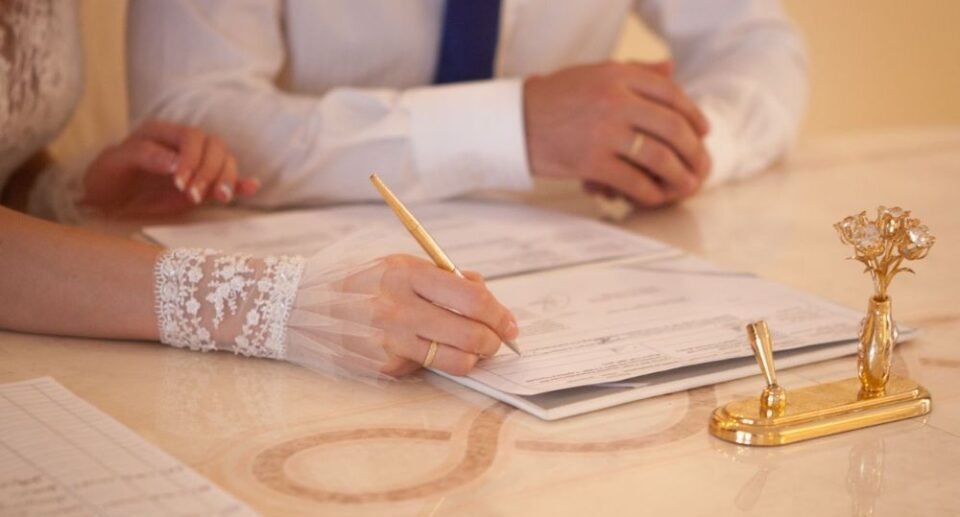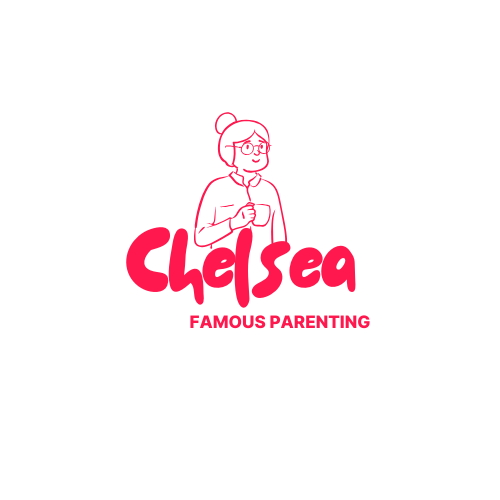
Marriage license applications ask for personal and parental information. But does that include step-parents? Many engaged couples wonder if they should put their stepmother’s name on the form. This article offers a clear, thorough answer backed by legal facts and social context.
Understanding a Marriage License
A marriage license is an official government-issued document. It grants legal permission for two individuals to marry. Local county clerks typically issue these licenses. Applicants provide basic personal data full name, birthdate, current residence, and occasionally parental information.
Which Information Is Required on a Marriage License?
Most U.S. states ask for the names of the biological or legal parents. This information verifies identity and lineage, ensuring that no close relatives are marrying. Some states also use this data for demographic tracking. Typical required parental details:
- Full names of birth mother and birth father
- Places of birth for both parents
- Mother’s maiden name (sometimes)
Is a Stepmother’s Name Legally Required?
No. You do not need to include your stepmother’s name on a marriage license. U.S. laws only require the names of biological or legal adoptive parents.
Legal Definitions Matter
A stepmother is not a biological or adoptive parent. She becomes a parent figure through marriage, not through legal guardianship unless she adopts the child. In most jurisdictions, her name does not belong on the marriage license form, even if she has helped raise the step child as part of the family.
Cultural and Emotional Considerations
Even though it’s not legally required, emotional connections can play a role. Some people are raised primarily by a stepmother. Excluding her may feel wrong, especially if she played a motherly role for many years.
Still, the marriage license is a legal form, not a family recognition tool. While you can honor her in your wedding ceremony, the official paperwork must follow legal definitions.
How Different States Handle Parental Info
When it comes to parental information, states differ in several key legal and administrative areas, including:
California
Only biological or adoptive parents go on the marriage license. Stepparents are excluded unless legally adopted the child.
Texas
Parent names are not required at all on the application. The form focuses on the couple.
New York
Requires both parent names—specifically the birth mother and father. Again, step-relatives are excluded.
Illinois
Includes sections for mother and father only. If a parent is unknown, applicants can write “unknown.” Each state may adjust forms slightly, but stepmothers are not legally included on any state-issued marriage license unless they adopted the child.
What to Do if the Stepmother Raised You
If your stepmother raised you from infancy, you may feel conflicted. Here’s what you can do:
- List her in your wedding program or toast
- Include her in the ceremony with a special mention
- Write her name in a “notes” or “comments” section (if available)
- Ask your officiant to include her in the vows or blessings
Remember, the legal document serves administrative purposes. Your emotional tribute belongs in the ceremony and celebration.
Can You Include a Stepmother Voluntarily?
Marriage license forms are often strict. If they include fields for “Mother” and “Father,” then those fields must refer to biological or adoptive parents. Some couples attempt to write in extra names or annotations. This is not advisable:
- It can delay approval
- The clerk may reject the application
- Your application may be marked as incomplete
Always follow the state’s official guidelines. Do not modify legal forms.
Common Mistakes on Marriage Applications
Avoid these common errors:
- Listing a stepparent instead of a birth parent
- Using nicknames instead of legal names
- Writing both a mother and stepmother
- Leaving parental fields blank (unless allowed)
- Writing “deceased” instead of a name—use the full name even if the parent is no longer living
These mistakes can stall or invalidate the application process.
Legal Tips from Marriage Clerks and Lawyers
Clerks recommend bringing the following:
- Your birth certificate (to verify biological parent names)
- Valid government ID
- Any court documents proving legal adoption (if applicable)
Lawyer Tip:
If your stepmother legally adopted you, her name can replace your birth mother’s name on the form. Always bring the adoption certificate.
When a Stepmother Should Not Be Included
If your relationship with your birth mother is strained, it might be tempting to list your stepmother instead. Legally, you cannot do this unless an adoption occurred. Listing the wrong name may result in:
- Application rejection
- Legal complications down the line
- Mismatched identity records
Avoid inserting emotions into legal forms. Save the personal acknowledgments for your wedding ceremony, not the paperwork.
Final Touch
The short answer is no you do not put a stepmother’s name on a marriage license unless she adopted you legally. Marriage licenses follow strict legal definitions and guidelines. While family dynamics may be complex, official paperwork sticks to biological and adoptive parent information. If your stepmother played a vital role in your upbringing, honor her during your wedding day in ways that truly matter. Let the ceremony celebrate your bond while keeping the license legally sound.
FAQs
Can I list my stepmother if my birth mother passed away?
What if I don’t know my biological parent’s name?
Can both my mother and stepmother be listed?
Will excluding my stepmother insult her?
Can I change my marriage license after submission?

Aashley Kai is the Editorial Director of Chelsea Famous Parenting and a licensed expert in early childhood education. She holds a Master’s in Child Psychology from the University of Texas Southwestern Medical Center and has worked as a preschool teacher and child therapist. Since joining in 2024, Aashley has been dedicated to creating well-researched, trustworthy parenting resources. Her work helps parents and caregivers foster nurturing, educational environments for children. Outside of work, she enjoys hiking and photography, capturing nature from a child’s perspective.






